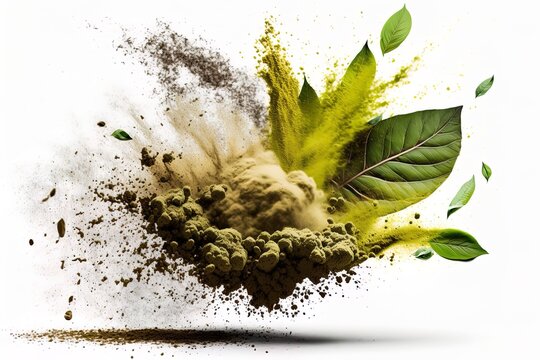Kratom capsules have surged in popularity in recent years, touted for their purported medicinal benefits and convenience. However, beneath their widespread use lies a tapestry of complexities and controversies that warrants closer scrutiny. At its core, kratom is derived from the leaves of the Mitragyna speciosa tree, indigenous to Southeast Asia. Traditionally used for its stimulant and analgesic properties in the region, kratom has traversed continents to become a global phenomenon, particularly in Western markets seeking alternative remedies for pain management, anxiety, and opioid withdrawal symptoms. Encapsulating kratom offers a convenient dosing method, eliminating the need for laborious preparation or bitter-tasting teas associated with traditional consumption.
Yet, the allure of kratom capsules belies a litany of uncertainties regarding their safety, efficacy, and regulatory oversight. While proponents extol its virtues as a natural panacea, skeptics caution against its potential for abuse and adverse effects. The active compounds in kratom, namely mitragynine and 7-hydroxymitragynine, interact with opioid receptors in the brain, yielding analgesic and euphoric effects akin to opioids. Moreover, the lack of standardized production processes and quality control measures exacerbates the variability in best kratom capsules formulations, posing challenges for consumers and researchers alike. Discrepancies in potency, purity, and contaminants underscore the need for stringent regulations to ensure product safety and consistency. The absence of regulatory oversight leaves consumers vulnerable to mislabeling, adulteration, and contamination, heightening the risk of adverse reactions and drug interactions. Furthermore, the dearth of clinical trials and empirical evidence hampers our understanding of kratom’s pharmacological profile and therapeutic potential, relegating much of the discourse to anecdotal reports and conjecture.

In the absence of regulatory clarity, the legality of kratom remains a contentious issue, with varying degrees of restriction across jurisdictions. While some countries have banned its sale and possession due to concerns about public health and safety, others have adopted a more nuanced approach, recognizing its cultural significance and potential as a harm reduction tool. In the United States, the Drug Enforcement Administration DEA has considered classifying kratom as a Schedule I controlled substance, citing its potential for abuse and lack of accepted medical use. However, grassroots advocacy efforts and burgeoning scientific interest have spurred legislative initiatives to decriminalize or regulate kratom, highlighting the need for evidence-based policymaking in navigating the complex landscape of substance regulation. In conclusion, kratom capsules encapsulate a myriad of enigmas and contradictions that warrant cautious deliberation. While they offer a convenient means of accessing kratom’s purported benefits, they also embody the inherent risks and uncertainties associated with unregulated botanical supplements. As debates surrounding kratom’s pharmacology, safety, and legality continue to unfold, it is imperative to adopt a balanced approach that prioritizes public health, scientific inquiry, and consumer protection.